Death, Corpses, Outsider Subjects: Joel-Peter Witkin Photography Leaves a Bitter Taste in Mouth
‘I wanted my photographs to be as powerful as the last thing a person sees or remembers before death’. The photography of Joel-Peter Witkin certainly thrives with controversy. Depicting a darker, often grotesque or gruesome view of society for more than 40 years, his photographs leave the viewer restless at least. Portraying dark tableaus and still lifes using subjects ranging from various societal outcasts such as dwarfs, transsexuals, hermaphrodites, amputees, people with disabilities and deformities to rotting corpses and dismembered body parts, Witkin creates photographs that resemble a freak show circus from the turn of the century but are painstakingly constructed and imbued with complex meanings and metaphors behind them. His world is both hauntingly beautiful and grotesque, both fascinating and frightening. His work has been described by Marina Isola from The Met as ‘part Hieronymus Bosch, part Texas Chainsaw Massacre’.
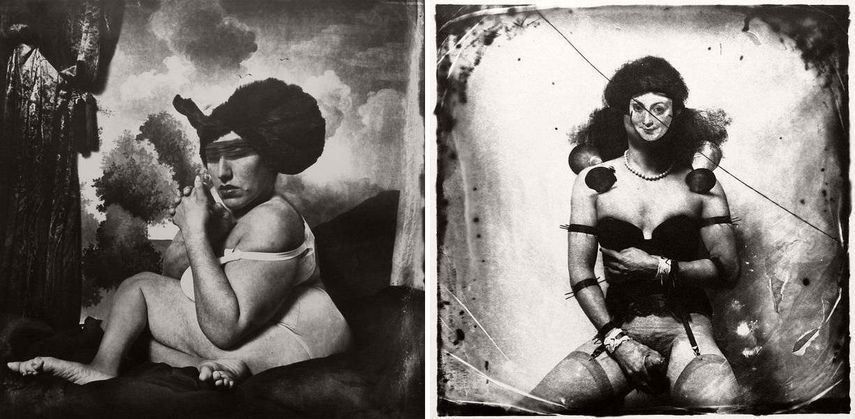
A Childhood Trauma as an Influence
As a child, Witkin collected newspapers articles on various mental illnesses, dysfunctional characters, and societal outcasts. He first started taking photographs at the age of sixteen, capturing many unsettling experiences of his childhood and offside show performers at Coney Island. That same year his photograph was included in the permanent collection of the Museum of Modern Art. He claims that his unique vision and sensibility were initiated by an event he witnessed as a small child, when a young girl was decapitated in a car accident in front of his house. He has been enthralled with severed head imagery ever since, with many of his photographic subjects being corpse heads posed as tributes to the body they once belonged to. Another formative experience was his first sexual encounter with a pre-op transsexual in a carnival freak show, an experience he referred to as very freeing.

The Technique
Inspired by early Daguerreotypes and the work of E.J. Bellocq, Witkin’s photographs mimic the techniques and appearance of an earlier era. Before taking each image, he first sketches his idea on paper arranging each detail of the scene perfectly. After photographed, he manipulates the negatives physically in the dark room by scratching, piercing, bleaching, toning and applying pigment by hand. Thus, his works are famous for their silvery, found-antique quality.
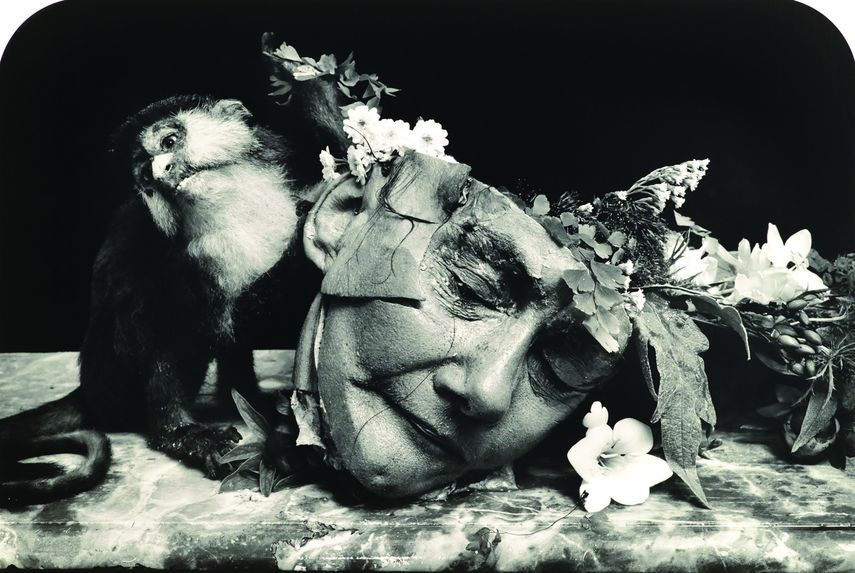
The Atrocity and Religion
Witkin’s subject matter are various atrocities and outsiders from the society. When soliciting models in 1985, he printed this ad: ‘Pinheads, dwarfs, giants, hunchbacks, pre-op transsexuals, bearded women, people with tails, horns, wings, reversed hands or feet, anyone born without arms, legs, eyes, breast, genitals, ears, nose, lips. All people with unusually large genitals. All manner of extreme visual perversion. Hermaphrodites and teratoids (alive and dead). Anyone bearing the wounds of Christ.’ His elaborate photographs address the morbid, the perverse, the erotic and the religious, with moral issues acted out by these outcasts, pariahs and human oddities.
The religion is a big theme for Witkin and he often uses religious motifs such as crucifixion and sainthood. Obsessed with fetishizing of everything on the fringes of society and usually shunned and repressed by suburban philistines, he insists it is not for salacious reasons. Apart from the intention to repel and shock, his images possess enlightened qualities and his figures are always isolated ‘because the Sacred is always beyond nature, beyond existence.’
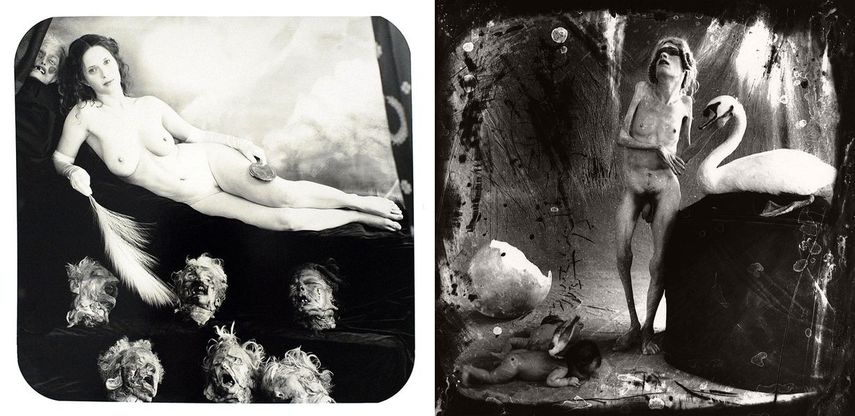
Exploring Mortality
The death and issues of mortality are central to Witkin’s work. Apart from being a photographer, he is also a sculptor of corpses and dismembered body parts meticulously staged and crafted and presented as a part of his still life imagery. He often travels to Mexico to produce certain pieces as it would be illegal to do it in America. One of his infamous prints is Ars Moriendi showing a nude woman surrounded by severed heads in an obvious state of decay. Witkin explanied that the heads were borrowed from a nearby hospital. Since the heads were almost ten years old, the stench was unbearable as Witkin recalled, so he fired only a few shots. Carrying a notion of Memento Mori, his photographs lay bare our mortality forcing us to confront with its power.
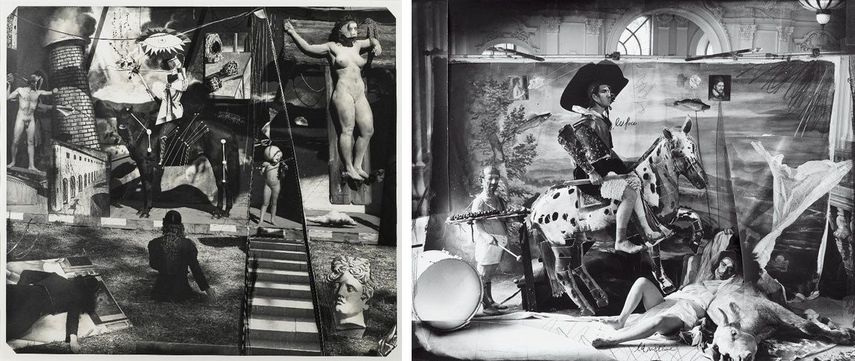
References to Art History
With imagination fueled by art history, Witkin often references artists such as Courbet, Seurat, Caravaggio, Dali, Miro, or Picasso, but puts a horrific spin to it. He also makes pointed references to the history of photography by inserting fragments of familiar images like Etienne Jules Marey’s motion studies. His infamous print Waiting for de Chirico in the Artist's Section of Purgatory, New Mexico includes an image of a horse outfitted with the familiar white splints used to photographically chart human locomotion. In his print The Fool, Budapest he composed the mythological spectacle using elements from Titian’s painting Rape of Europa and Velazquez’s painting Philip IV on Horseback. These constant references to images and symbols from the past are testaments to his need to create a new history for himself.

The Joel-Peter Witkin Photography
Witkin’s images of the human condition are undeniably powerful. Even though his work has a shock factor on the surface, he’s no mere provocateur. Pursuing his interest in spirituality and its impact on the world we live in, he addresses various complex political and societal ills and issues through his imagery and seeks to dismantle our preconceived notions of physical beauty and sexuality. Finding beauty within the grotesque, his use of subjects cast aside by the society confronts our sense of normalcy and decency bringing the greatest understanding of human difference and tolerance.
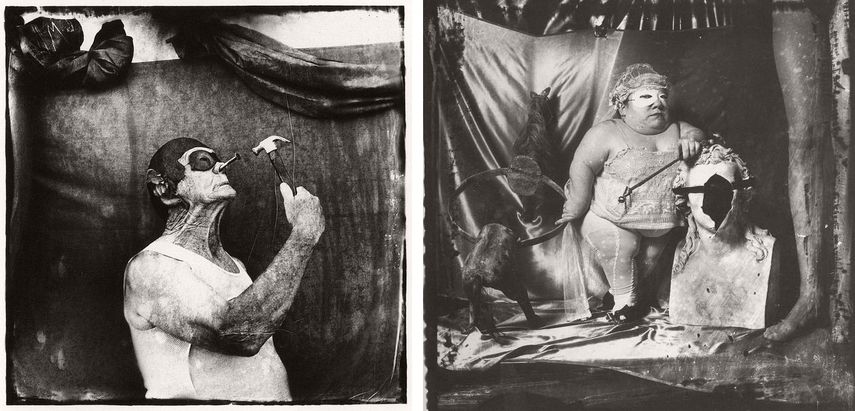
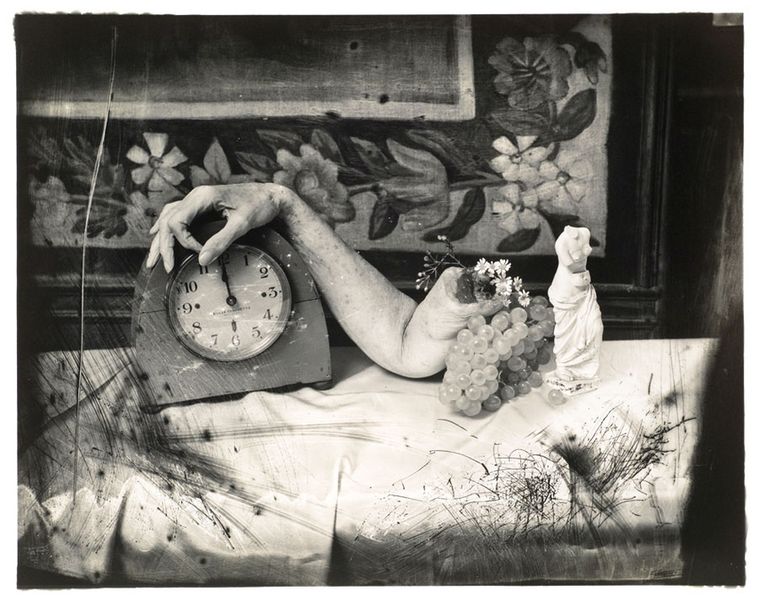
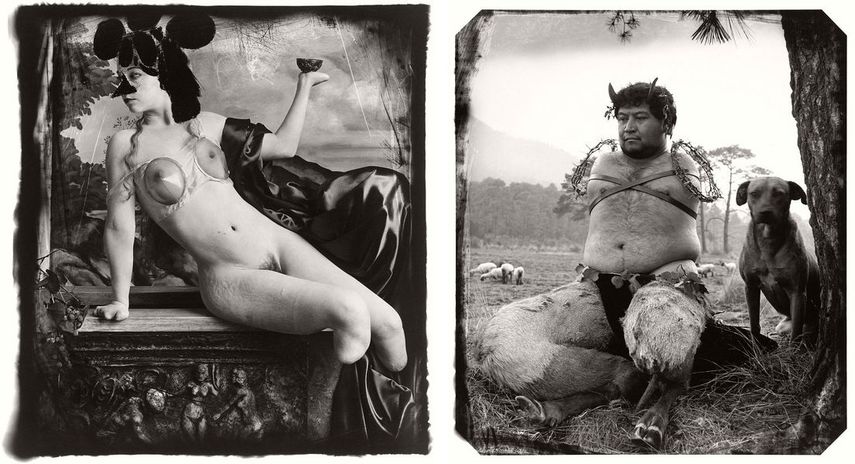
Featured images: Joel-Peter Witkin - Face of a Woman, 2004, via cvltnation.com; Joel-Peter Witkin - Sanitarium, via cvltnation.com
Can We Help?
Have a question or a technical issue? Want to learn more about our services to art dealers? Let us know and you'll hear from us within the next 24 hours.
